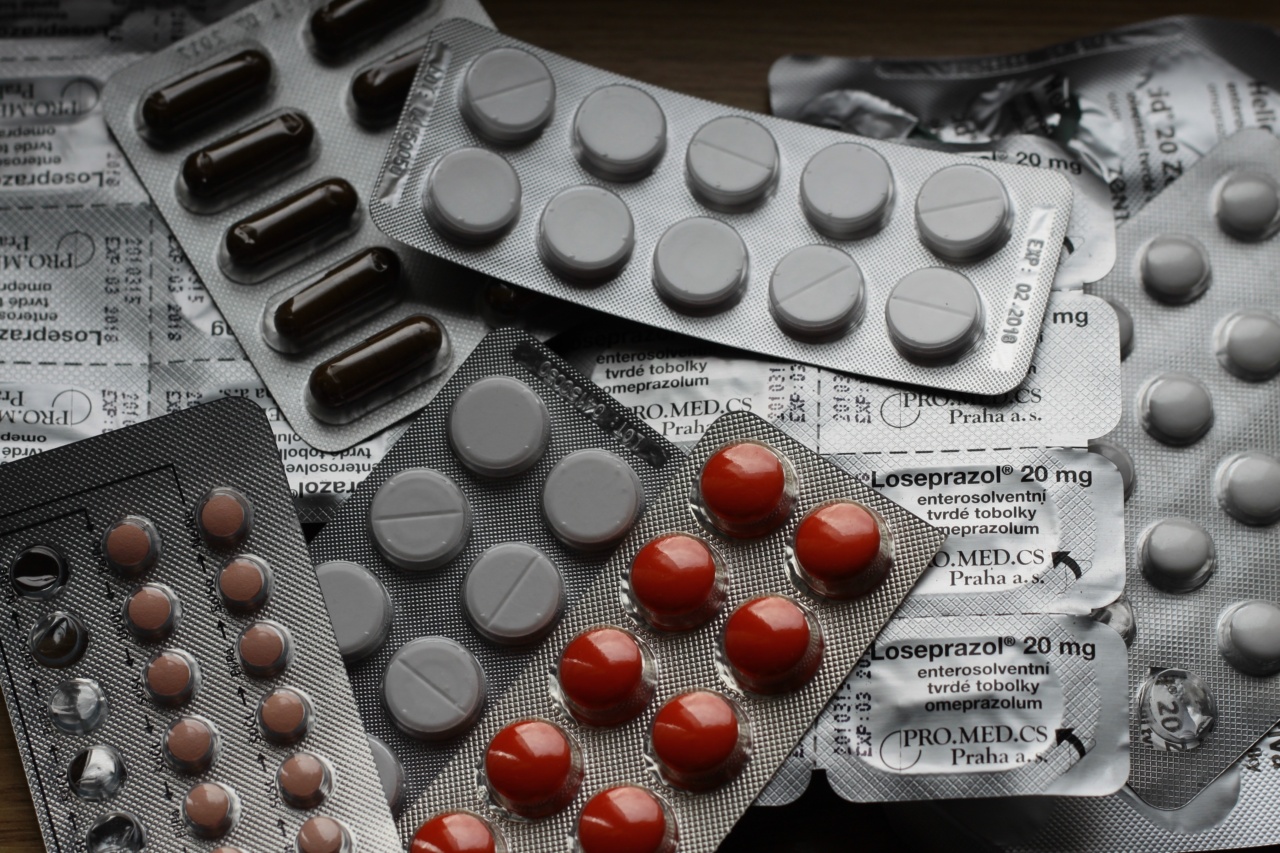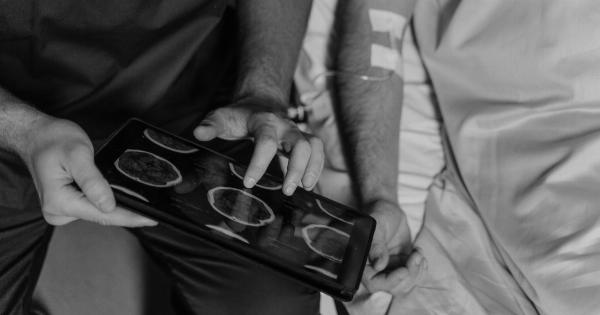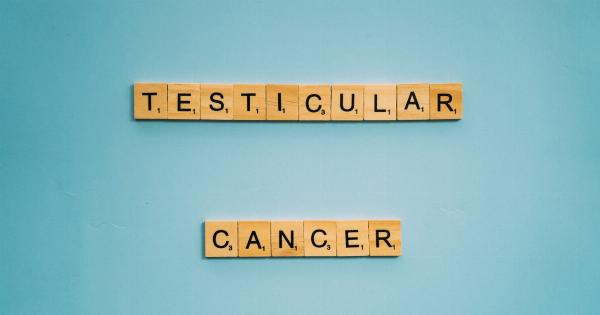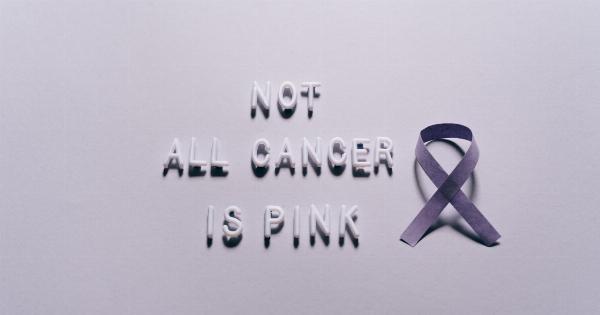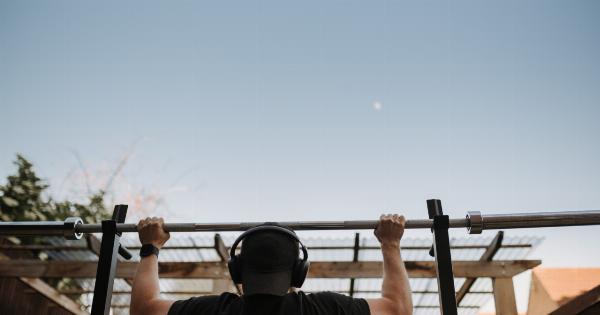Testicular pain is a common condition affecting males of all ages. The pain can be dull, sharp, sudden or gradual. It may occur in one or both testicles, and can also be accompanied by other symptoms such as swelling and discomfort.
If left untreated, testicular pain can lead to serious complications and affect a man’s sexual health. In this article, we will discuss the causes and treatments of testicular pain.
Types of Testicular Pain
Testicular pain can be of two types:.
1. Acute Testicular Pain
This type of testicular pain occurs suddenly and is usually severe. It can be caused by conditions such as testicular torsion, epididymitis, and testicular trauma.
Acute testicular pain requires immediate medical attention as it can lead to permanent damage to the testicles.
2. Chronic Testicular Pain
This type of testicular pain is persistent and lasts for more than three months. It can be caused by conditions such as varicocele, testicular cancer, and hydrocele.
Chronic testicular pain can also lead to psychological problems such as depression and anxiety.
Causes of Testicular Pain
There are several causes of testicular pain, including:.
1. Testicular Torsion
Testicular torsion occurs when the spermatic cord twists, causing the blood supply to the testicles to be cut off. This can cause severe pain and if left untreated can lead to permanent damage to the testicles.
2. Epididymitis
Epididymitis is an infection of the epididymis, which is a coiled tube located at the back of the testicle. This condition can cause swelling, pain, and discomfort.
3. Testicular Cancer
Testicular cancer is a rare but serious condition that can cause testicular pain. Other symptoms of testicular cancer include a lump or swelling in the testicle, and a feeling of heaviness in the scrotum.
4. Varicocele
Varicocele is a condition in which the veins in the scrotum become enlarged and swollen. This can cause a dull ache or heavy feeling in the testicles, particularly after physical exertion.
5. Hydrocele
Hydrocele is a condition in which fluid accumulates in the scrotum, causing swelling and discomfort. Hydrocele is a common condition and usually resolves on its own.
Treatments for Testicular Pain
The treatment for testicular pain depends on the underlying cause. Some common treatments include:.
1. Surgery
If testicular torsion or testicular cancer is the cause of the pain, surgery may be necessary. Surgery can help to correct the twisting of the spermatic cord or remove cancerous tissue from the testicles.
2. Antibiotics
If the pain is caused by an infection such as epididymitis, antibiotics can help to clear the infection and reduce the inflammation.
3. Pain Medications
Pain medications such as acetaminophen or ibuprofen can help to relieve the pain associated with testicular pain. However, these medications should be used with caution and only as directed by a healthcare professional.
4. Rest and Elevation
Rest and elevation of the scrotum can help to reduce swelling and discomfort caused by varicocele and hydrocele.
Preventing Testicular Pain
There are several steps that men can take to prevent testicular pain, including:.
1. Good Hygiene
Maintaining good hygiene can help to prevent infections such as epididymitis. It is important to keep the scrotum clean and dry, and to avoid sharing personal items such as towels and underwear.
2. Protective Equipment
If you play sports or engage in activities that involve contact with your testicles, it is important to wear protective equipment such as a jockstrap or cup.
3. Self-Examination
Regular self-examination can help to detect testicular cancer early. Men should examine their testicles once a month for any lumps or swelling.
Conclusion
Testicular pain is a common condition that can be caused by a variety of factors. If you experience testicular pain, it is important to seek medical attention to determine the underlying cause and receive appropriate treatment.
By taking steps to prevent testicular pain, you can help to maintain your sexual health and overall wellbeing.
